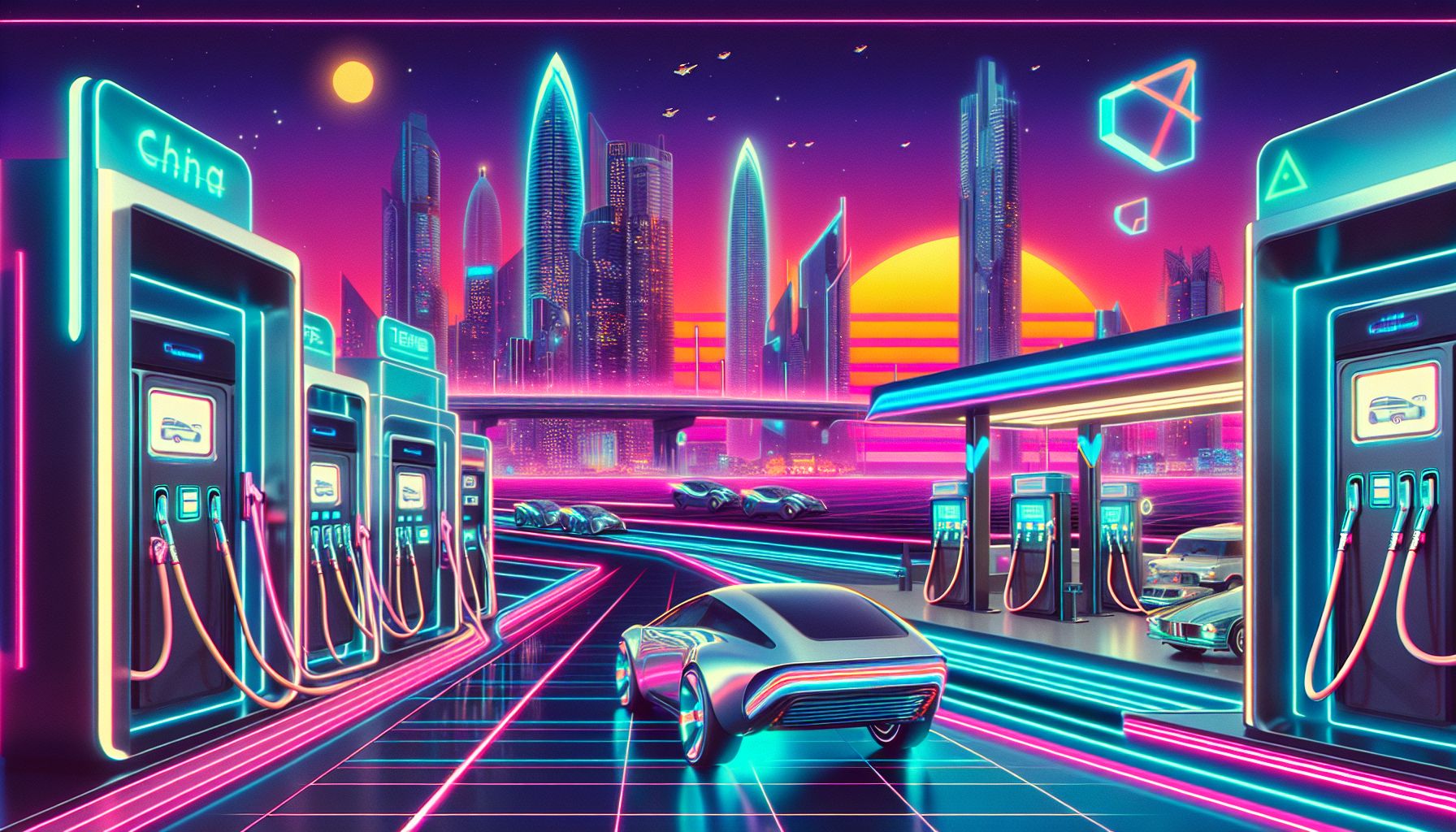China's Hydrogen Dream: Conquering Barriers to Fuel Cell Vehicle Adoption

Beijing, Monday, 17 February 2025.
Despite bold policies and notable refueling stations, China’s hydrogen fuel cell vehicle market faces hiccups with battery electric rivals and infrastructure woes. Advanced adoption frameworks aim to clear the way.
China’s Hydrogen Leadership
I’ve been tracking China’s ambitious hydrogen journey, and the numbers are impressive. As of July 2024, China has positioned itself as the global leader in hydrogen infrastructure with 351 refueling stations, representing 32.23% of the world’s total [1]. The government’s commitment is clear, with 23 hydrogen policies implemented to boost investment and innovation [1]. What really caught my attention is the breakthrough in domestic technology - the Chang’an Deep Blue SL03, China’s first mass-produced HFCV, which achieves an impressive 20.5 kWh per kilogram of hydrogen efficiency and can travel over 700 kilometers on a single fill [1].
Market Challenges and Competition
Despite these advances, I’ve observed significant barriers holding back widespread adoption. The market faces three main hurdles: high production costs, insufficient infrastructure, and limited public awareness [3]. What’s particularly interesting is the intense competition from battery electric vehicles (BEVs), which currently enjoy broader market acceptance [3]. As of February 2025, the HFCV market remains notably underdeveloped compared to its BEV counterpart [3].
The Path Forward
Looking ahead, there’s movement to address these challenges. The Oxford Institute for Energy Studies has scheduled a crucial Hydrogen Workshop for June 13, 2025, which will tackle key issues including policies, regulations, and hydrogen storage solutions [2]. This timing is critical as China, currently the world’s leading emitter of heat-trapping gases, works to align its hydrogen transition with broader decarbonization goals [2]. I’m particularly interested in the upcoming policy developments, as experts are currently discussing new strategies to enhance HFCV adoption through improved infrastructure and public awareness campaigns [3].